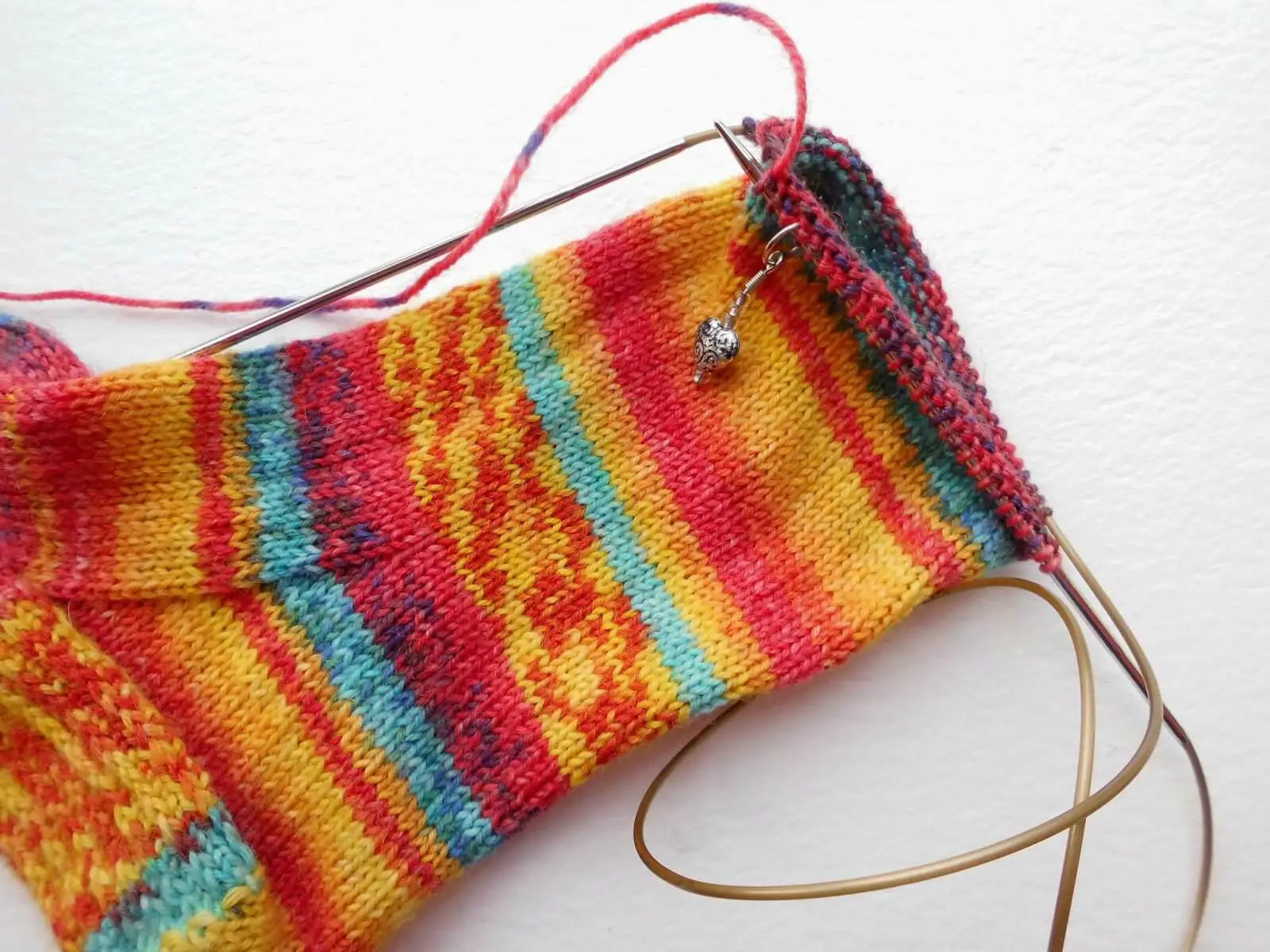
Are you tired of using double-pointed needles or circular needles for knitting small projects in the round? If so, then magic loop knitting may be the technique for you! Magic loop knitting is a method of knitting small projects, such as socks or hats, using a long circular needle instead of double-pointed needles. It’s a great technique to have in your knitting arsenal, and there are plenty of free patterns available to help you practice and perfect your magic loop skills.
One of the advantages of magic loop knitting is that it eliminates the need for multiple sets of double-pointed needles or circular needles in different sizes. With magic loop, you can easily adjust the length of your cable to accommodate different sizes of projects. This means less clutter in your knitting bag and more variety in your knitting projects.
If you’re new to magic loop knitting, it’s a good idea to start with a simple project to get the hang of the technique. There are many free patterns available for magic loop socks, hats, and fingerless gloves, which are all great projects for beginners. Once you’ve mastered the basics, you can move on to more complex patterns and designs.
So, whether you’re a seasoned knitter looking to try something new or a beginner looking to expand your knitting skills, magic loop knitting is a technique worth exploring. With the abundance of free patterns available online, you’ll have no shortage of projects to keep your needles busy. Happy knitting!
What is magic loop knitting?
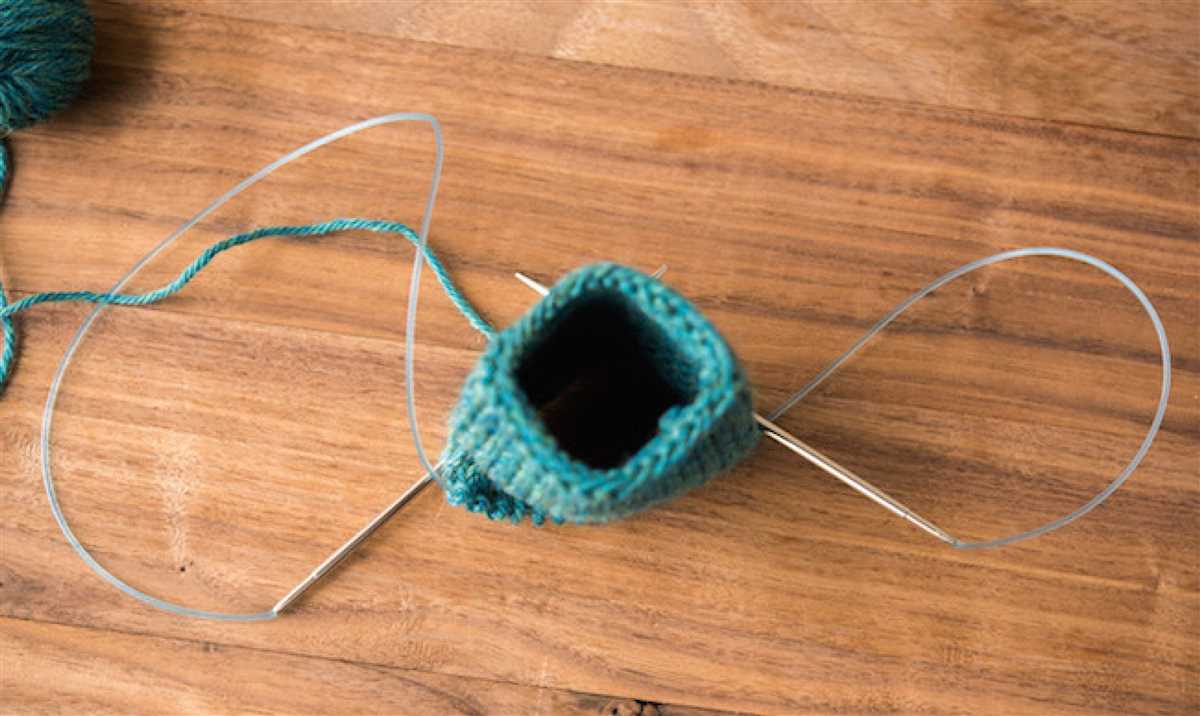
Magic loop knitting is a technique that allows you to knit small circumference projects using only one long circular needle. It is a popular method among knitters because it eliminates the need for double pointed needles and provides a continuous loop of stitches that can be easily worked.
In magic loop knitting, you start by casting on the desired number of stitches onto a long circular needle. Then, you slide the stitches to the middle of the needle, creating a loop with half of the stitches on each side. By pulling the cable through the loop, you can adjust the size of the loop to fit the circumference of your project.
This technique is especially useful for knitting small items like socks, mittens, and hats, as well as for working in the round on large projects like sweaters or blankets. It allows you to knit seamlessly, without any noticeable seams, and gives you the flexibility to easily add or remove stitches as needed.
There are many free magic loop knitting patterns available online for different skill levels and project types. Whether you’re a beginner or an experienced knitter, you can find a variety of patterns that will help you practice and master the magic loop technique while creating beautiful and functional projects.
Benefits of using the magic loop knitting technique
The magic loop knitting technique offers several benefits to knitters, making it a popular choice for many projects. One of the main advantages is its versatility. With the magic loop, you can knit both small and large projects using just one long circular needle. This eliminates the need for double-pointed needles or multiple circular needles, making it a convenient option for those who prefer a minimalist knitting setup.
Another benefit of the magic loop technique is that it allows for seamless knitting in the round. Unlike traditional methods where you have to join stitches and deal with potential gaps or ladders, the magic loop creates a smooth and continuous fabric. This is especially useful for projects like hats, socks, and sleeves, where a seamless finish is desired.
Using the magic loop technique also promotes a better flow and rhythm in your knitting. Since you are working with one continuous loop of yarn, you can easily glide your stitches along the needle without any interruptions. This can help improve your speed and efficiency, allowing you to complete your projects more quickly.
The magic loop is also a great technique for beginners who are just starting to learn circular knitting. It is a more forgiving method than working with multiple double-pointed needles, as the loop keeps your stitches secure and prevents them from sliding off. This gives beginners the confidence to tackle more complex projects and explore new knitting patterns.
Overall, the magic loop knitting technique offers convenience, versatility, and a seamless finish to your projects. Whether you’re a beginner or an experienced knitter, mastering this technique can greatly enhance your knitting experience and open up a world of possibilities for your projects.
How to Get Started with Magic Loop Knitting
If you’re looking to explore the world of knitting, one technique that you should definitely try is magic loop knitting. This method allows you to knit small projects in the round without using double-pointed needles or circular needles with short cables. With just one long circular needle, you can create beautiful, seamless pieces.
The first step to get started with magic loop knitting is to make sure you have the right tools. You’ll need a long circular needle, preferably with a flexible cable. The needle size will depend on the yarn you’re using and the pattern you’re following, so make sure to check the recommended needle size.
Step 1: To begin, cast on the required number of stitches for your project. Make sure the stitches are evenly distributed on the needle.
Step 2: Next, locate the halfway point of your stitches and fold the cable in half at that point. The needle tip with the first half of the stitches will be on one side, and the other needle tip will be on the other side.
Step 3: Hold the needle with the first half of the stitches in your right hand, and the needle with the second half of the stitches in your left hand. Make sure the working yarn is attached to the first half of the stitches.
Step 4: To begin knitting, insert the right needle tip into the first stitch on the left needle tip, as if to knit. Pull the working yarn through the stitch, creating a new stitch on the right needle tip.
Step 5: Repeat this process for the remaining stitches on the left needle tip, transferring them to the right needle tip. Once all the stitches from the left needle tip are on the right needle tip, slide the right needle tip into the stitches on the left needle tip.
Step 6: Pull the cable through the stitches, allowing the left needle tip to be free. This creates the “magic loop”. Adjust the tension of the stitches as needed.
Step 7: Continue knitting the next round by repeating steps 4-6. Make sure to always keep the working yarn attached to the stitches on the right needle tip.
With these steps, you’re well on your way to mastering the art of magic loop knitting. Practice and patience will help you improve your technique and create beautiful knitted pieces in no time.
Basic Magic Loop Knitting Stitch Patterns
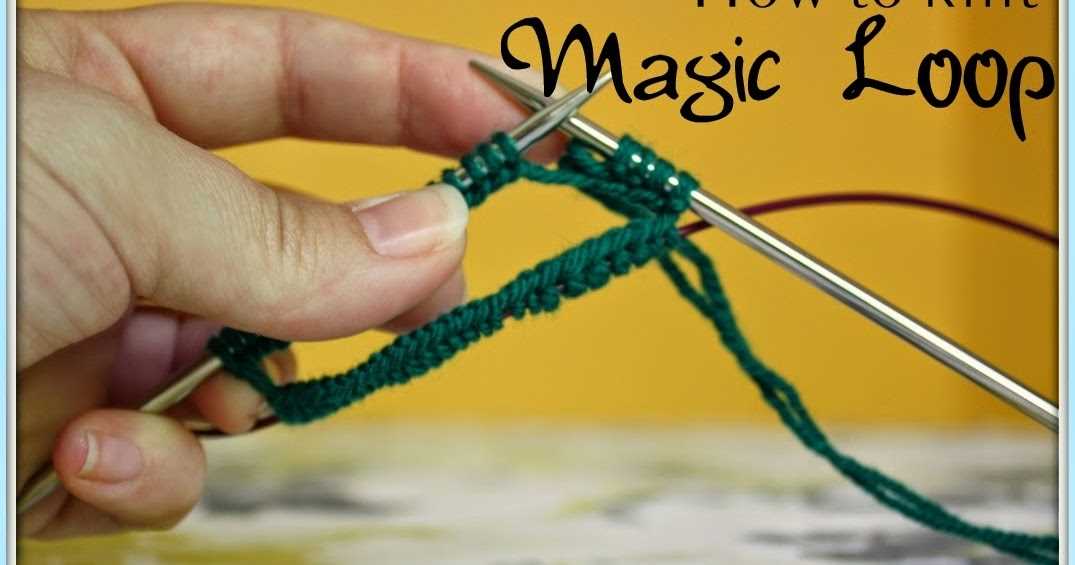
When it comes to knitting with the magic loop technique, there are a few basic stitch patterns that are perfect for beginners or anyone looking for a quick and easy project. These patterns are versatile and can be used to create a variety of items, such as hats, socks, and scarves. Whether you’re new to magic loop knitting or just want to expand your stitch repertoire, these patterns are a great place to start.
Garter Stitch
One of the simplest and most versatile stitch patterns, garter stitch is a great choice for magic loop knitting. To create garter stitch, simply knit every row of your project. This stitch pattern creates a bumpy texture that is squishy and perfect for cozy winter accessories. Garter stitch looks great in any color and can be used to create scarves, cowls, or even blankets.
Stockinette Stitch
Another popular and classic stitch pattern, stockinette stitch is created by knitting one row and purling the next. This pattern creates a smooth and sleek fabric that is great for garments or accessories that need a bit of drape. Stockinette stitch is perfect for creating hats, socks, or even sweaters. Just be careful to keep your tension consistent, as stockinette stitch tends to curl at the edges.
Rib Stitch
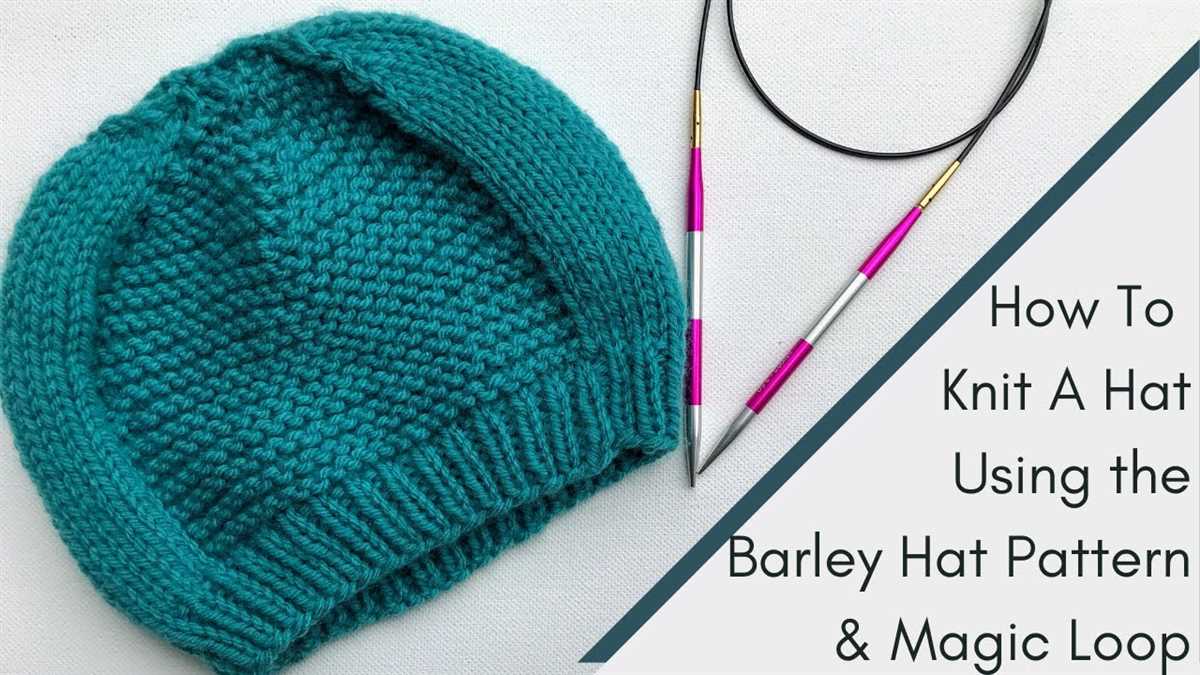
Rib stitch is a versatile stitch pattern that creates an elastic and stretchy fabric. It is a combination of knit and purl stitches, typically alternating between the two. Rib stitch is commonly used for cuffs, collars, and edges of garments, as it helps to create a snug fit. You can experiment with different rib stitch variations, such as 1×1 (k1, p1) or 2×2 (k2, p2), to create different effects and textures in your projects.
With these basic magic loop knitting stitch patterns, you can create a wide range of projects and explore the possibilities of the magic loop technique. Don’t be afraid to experiment and try new stitch patterns to add variety and interest to your knitting projects. Happy knitting!
Advanced magic loop knitting stitch patterns
Once you’ve mastered the basics of magic loop knitting, it’s time to explore more advanced stitch patterns. These patterns can add depth and texture to your projects, and they’re a great way to challenge yourself and expand your skills.
1. Cables: Cables are a classic knitting technique that can create intricate and interesting designs. To incorporate cables into your magic loop knitting, you’ll need a cable needle or double-pointed needle to hold stitches while you work others. There are many different cable stitch patterns to choose from, ranging from simple twists to complex braids.
2. Lace: Lace stitch patterns are another popular choice for advanced magic loop knitting. These delicate and intricate designs can be achieved by working increases and decreases in specific sequences. Lace knitting often requires attention to detail and concentration, but the end result is well worth the effort.
3. Colorwork: Colorwork, such as Fair Isle or stranded knitting, involves working with multiple colors in the same row or round. This technique can produce stunning patterns and motifs, and it’s a great way to add pops of color to your projects. You’ll need to float the unused color behind the stitches and carry it along as you work.
4. Texture: Texture stitch patterns, such as honeycomb or basketweave, create interesting surface designs that add depth and dimension to your knitting. These patterns often involve working combinations of knit and purl stitches, and they can create a variety of effects, from raised ridges to intricate patterns.
5. Quilting: Quilting stitch patterns create a quilted or quilt-like effect on your knitting. These patterns often involve working slip stitches or working multiple strands of yarn together to create a thicker fabric. Quilting stitches can add warmth and coziness to your projects, making them perfect for blankets or accessories.
By exploring advanced stitch patterns, you can take your magic loop knitting to the next level. Whether you choose to challenge yourself with cables, delve into the delicate world of lace, experiment with colorwork, create texture with different stitch patterns, or try your hand at quilting, there’s no shortage of options to keep you inspired and engaged.
Knitting Hats with the Magic Loop Technique
Knitting hats is a popular pastime for many crafters, and using the magic loop technique adds a new level of convenience and versatility to this project. The magic loop technique allows you to knit in the round with a long circular needle, eliminating the need for double-pointed needles or multiple circular needles. This technique is especially useful when knitting hats, as you can easily adjust the size and shape as you go.
When using the magic loop technique to knit hats, start by casting on the desired number of stitches onto a circular needle with a long cable. Divide the stitches in half, placing a marker to indicate the beginning of the round. Then, pull the cable through the middle of the stitches, creating two loops. Slide the stitches to the cable, and with one loop on each side, you’re ready to start knitting in the round.
To knit the hat, simply work your chosen stitch pattern in the round as usual, knitting or purling each stitch depending on the desired effect. As you progress, you may need to adjust the stitches on the two loops to maintain an even tension, but this can easily be done by sliding the stitches along the cable. The magic loop technique allows you to easily try on the hat as you go, ensuring the perfect fit.
Once you’ve reached the desired length, you can finish the hat by decreasing the stitches in a way that matches your chosen stitch pattern. Whether it’s a simple ribbed band or a more intricate lace design, the magic loop technique allows you to seamlessly transition from the body of the hat to the crown shaping.
In conclusion, using the magic loop technique to knit hats provides a convenient and versatile method for creating seamless and customizable designs. With this technique, you can easily adjust the size and shape of the hat as you go, ensuring a perfect fit. So grab your circular needles and start knitting your own hats with the magic loop technique today!
Knitting socks with the magic loop technique
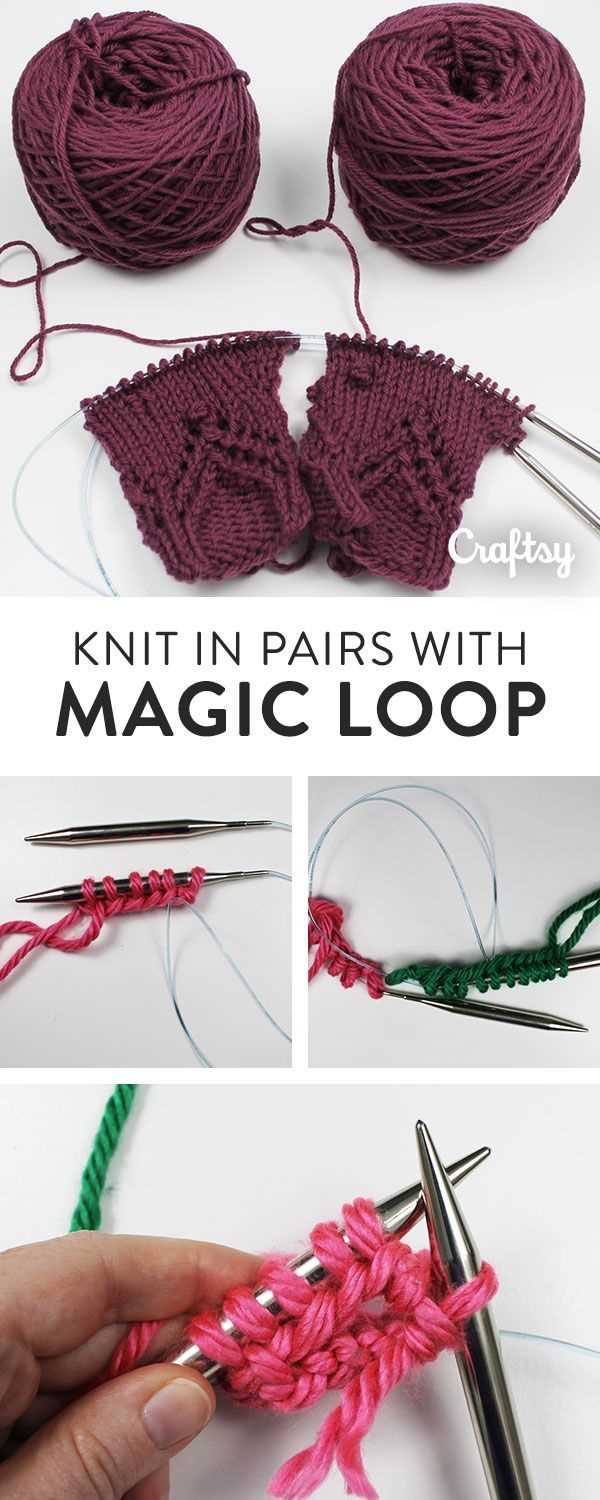
Knitting socks can be a fun and rewarding project, and using the magic loop technique makes it even more enjoyable. The magic loop technique is a way to knit small circumference projects, like socks, using a long circular needle. It involves sliding the stitches onto the cable in the middle of the needle, allowing you to work with just one needle instead of using double-pointed needles.
To start knitting socks with the magic loop technique, you will need a long circular needle, preferably around 32 inches or longer. This length is necessary to comfortably hold the stitches and create the loop in the middle. Begin by casting on the desired number of stitches for your sock project.
Step 1: After casting on, slide half of the stitches onto the cable of the circular needle, allowing them to rest comfortably in the middle.
Step 2: Create a loop by pulling the cable through the stitches, making sure the stitches are evenly distributed on each side of the loop.
Step 3: Hold the needle with the loop in your left hand and start working with the needle tip and the working yarn in your right hand. Begin knitting the first half of the stitches, using the working yarn.
Step 4: Once you have finished knitting the first half, turn the work and slide the stitches from the cable onto the needle tip, making sure the loop is still in the middle.
Step 5: Continue knitting the second half of the stitches, using the working yarn and the needle tip in your right hand.
Repeat steps 4 and 5 until the desired length of the sock is reached. The magic loop technique allows you to easily try on the sock as you go, ensuring a perfect fit. Once the sock is complete, you can either continue knitting the second sock using the same needle or use a separate needle.
Creating socks with the magic loop technique gives you the freedom to experiment with different stitch patterns and designs, as well as customize the size and fit. Whether you’re a beginner or an experienced knitter, using the magic loop technique for sock knitting opens up a world of possibilities and allows you to knit beautiful and cozy socks with ease.
Creating seamless garments with magic loop knitting
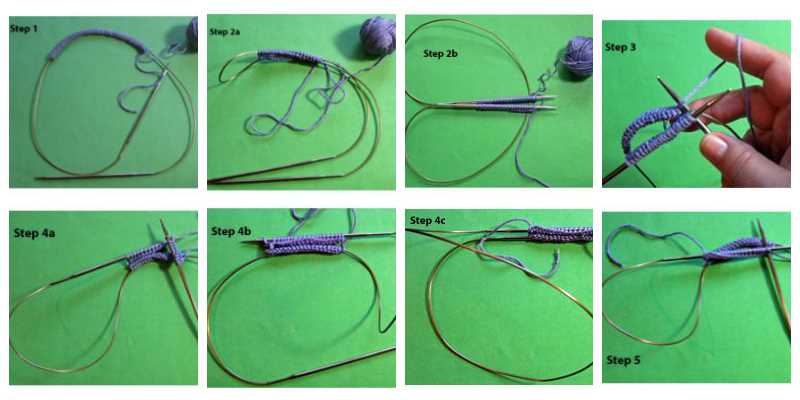
Knitting seamless garments has never been easier with the magic loop technique. This technique allows you to knit small circumferences, such as sleeves or hats, using a long circular needle instead of double-pointed needles. Not only does it eliminate the need for multiple needle changes, but it also creates a smooth and seamless fabric with no visible joins.
One advantage of using magic loop knitting for seamless garments is that it provides a more comfortable and convenient knitting experience. With double-pointed needles, it can be challenging to keep the stitches from slipping off, especially when you have a large number of stitches. The magic loop technique allows you to distribute the stitches evenly on the circular needle, making it easier to work with and reducing the risk of dropped stitches.
When using the magic loop technique for a seamless garment, it’s important to make sure you have a long enough circular needle. The length of the needle should be at least twice the circumference of the garment you are knitting. For example, if you are knitting a hat with a 20-inch circumference, you would need a circular needle that is at least 40 inches long.
Another advantage of magic loop knitting is that it can be used for a variety of different projects, not just garments. You can use this technique to knit seamless socks, mittens, and even small toys. The possibilities are endless!
Overall, magic loop knitting is a fantastic technique for creating seamless garments. It eliminates the need for multiple needle changes, provides a comfortable knitting experience, and allows for a variety of projects. Whether you’re a beginner or an experienced knitter, give magic loop knitting a try and discover the magic of seamless knitting!
Tips and tricks for successful magic loop knitting
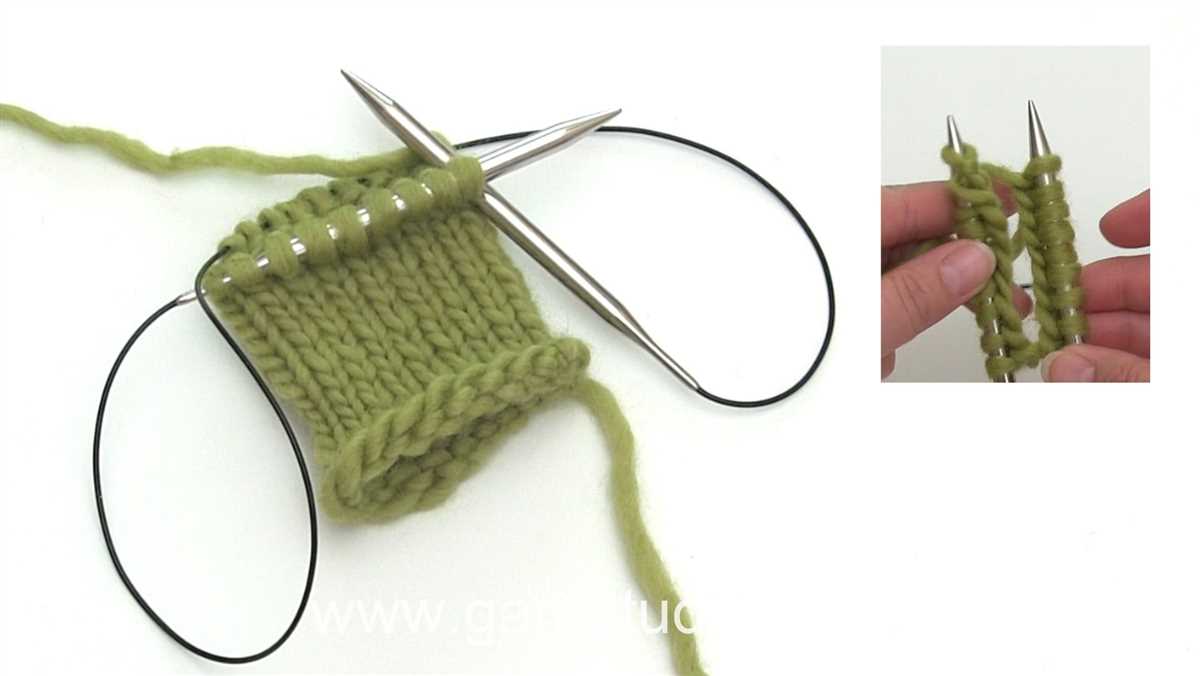
Magic loop knitting can be a bit tricky at first, but with some practice and following these tips and tricks, you’ll be able to master this technique in no time:
1. Use the right needle size
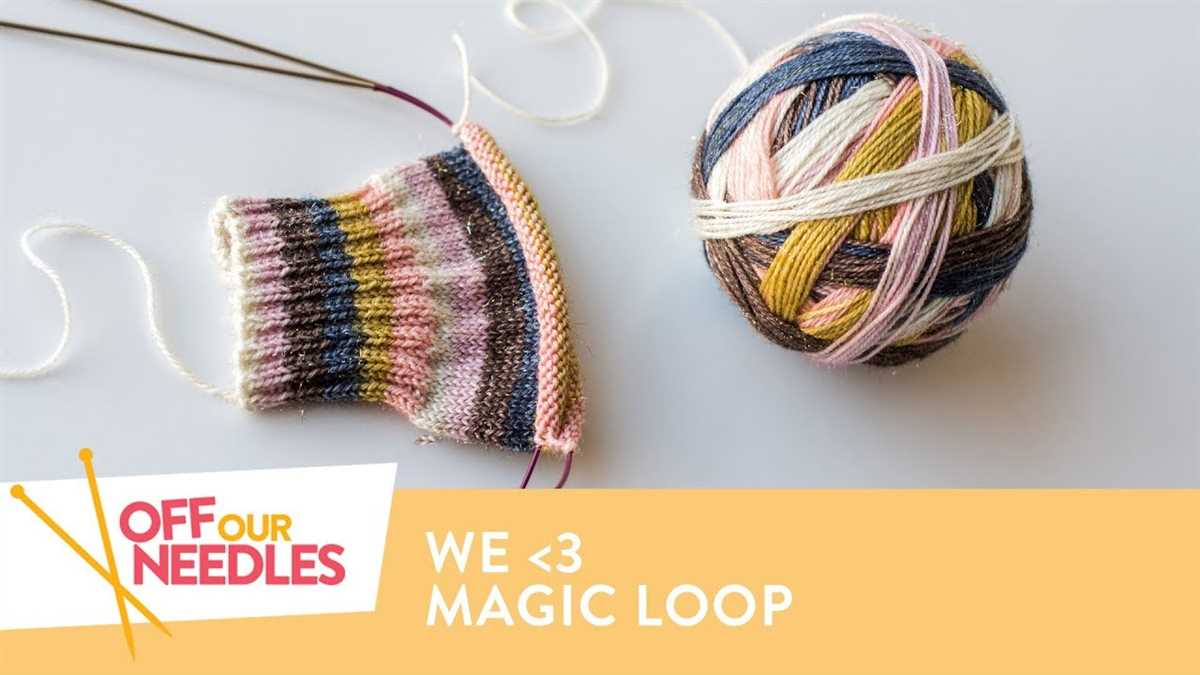
Choosing the right needle size is crucial for successful magic loop knitting. Use a needle size that is appropriate for your yarn thickness. If the needle is too small, the stitches will be too tight and difficult to work with. On the other hand, if the needle is too large, the stitches might be too loose and prone to slipping off.
2. Keep your tension even
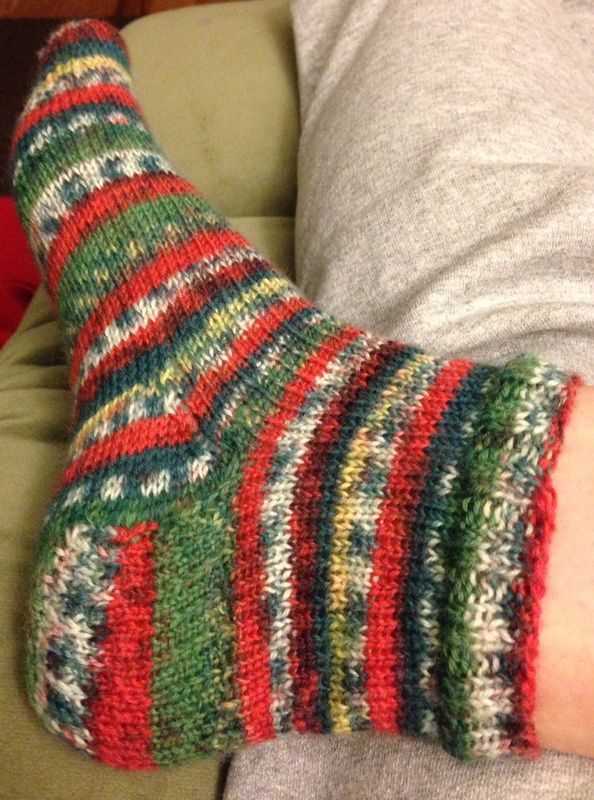
Consistent tension is essential for achieving a neat and professional-looking result in magic loop knitting. Make sure to maintain the same level of tension throughout your work, as uneven tension can result in uneven stitches and an unbalanced fabric.
3. Use markers
Using stitch markers can help you keep track of your rounds and prevent mistakes. Place a stitch marker at the beginning of your round, and move it up as you progress. This will make it easier to identify where each round starts and avoid confusion.
4. Work in a well-lit area
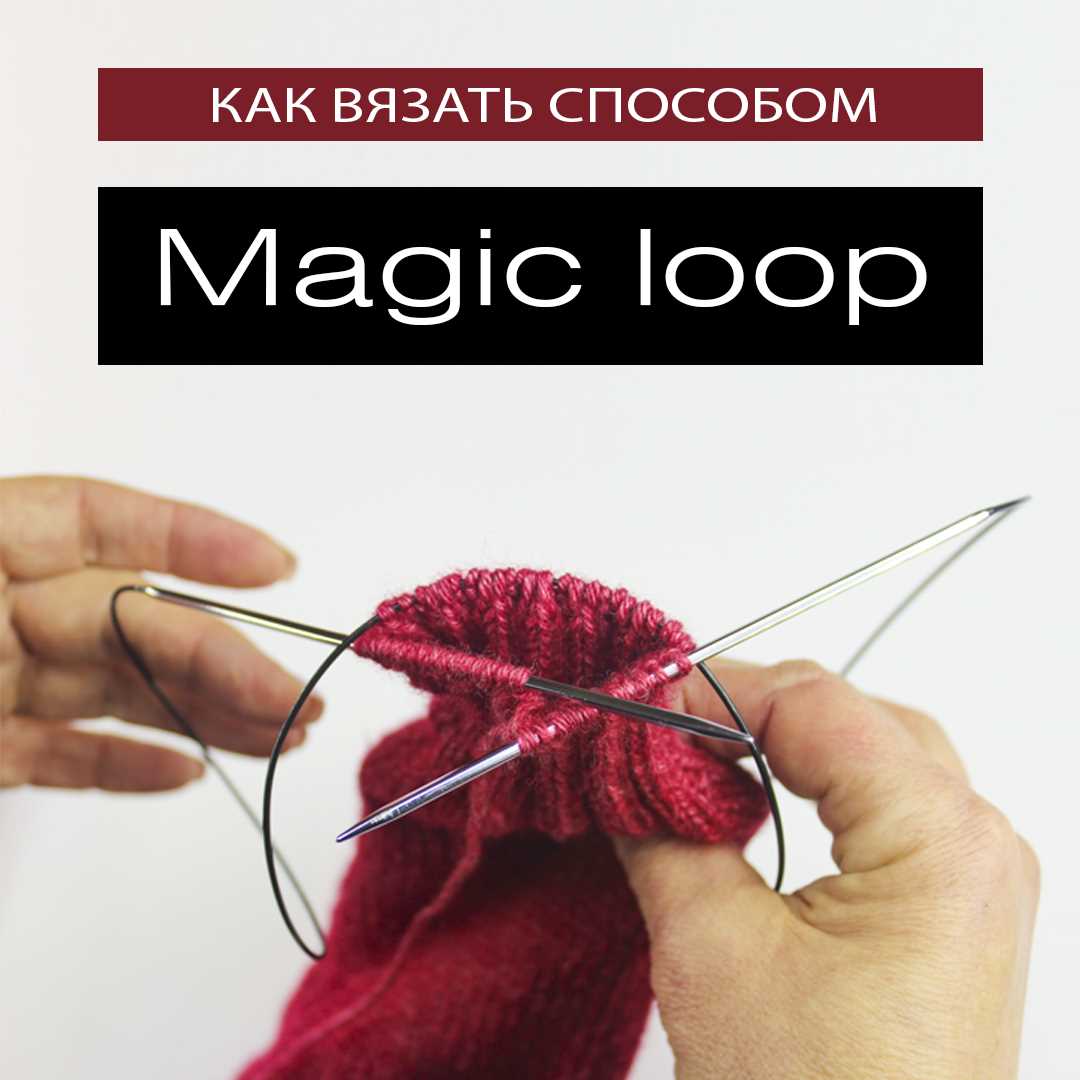
Magic loop knitting involves working with a long circular needle, which can make it more difficult to see your stitches compared to traditional knitting. To make sure you can clearly see your stitches and avoid mistakes, work in a well-lit area or use a task light to illuminate your workspace.
5. Practice patience
Learning a new knitting technique takes time and practice. Don’t get discouraged if you make mistakes or find it difficult in the beginning. Keep practicing and be patient with yourself. With time, you’ll become more comfortable with the magic loop knitting method and be able to achieve beautiful and seamless results.
Remember, practice makes perfect! Don’t be afraid to experiment with different patterns and projects to further improve your magic loop knitting skills. Happy knitting!
Q&A:
What is magic loop knitting?
Magic loop knitting is a technique used to work in the round with a long circular needle, instead of using double-pointed needles or a small circular needle.
Are there any free magic loop knitting patterns available?
Yes, there are many free magic loop knitting patterns available online. You can find them on websites, forums, and social media platforms dedicated to knitting.
What kind of projects can be made using magic loop knitting?
Almost any project that is worked in the round can be made using magic loop knitting, including hats, socks, mittens, and small garments.
Is magic loop knitting suitable for beginners?
Magic loop knitting can be a bit challenging for beginners, especially if they are not familiar with knitting in the round. It is recommended to have some experience with basic knitting techniques before attempting magic loop knitting.
Do I need special needles for magic loop knitting?
No, you can use any long circular needle for magic loop knitting. However, it is important to choose a needle length that is suitable for the circumference of your project.